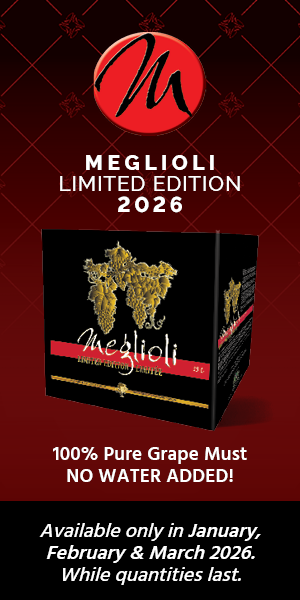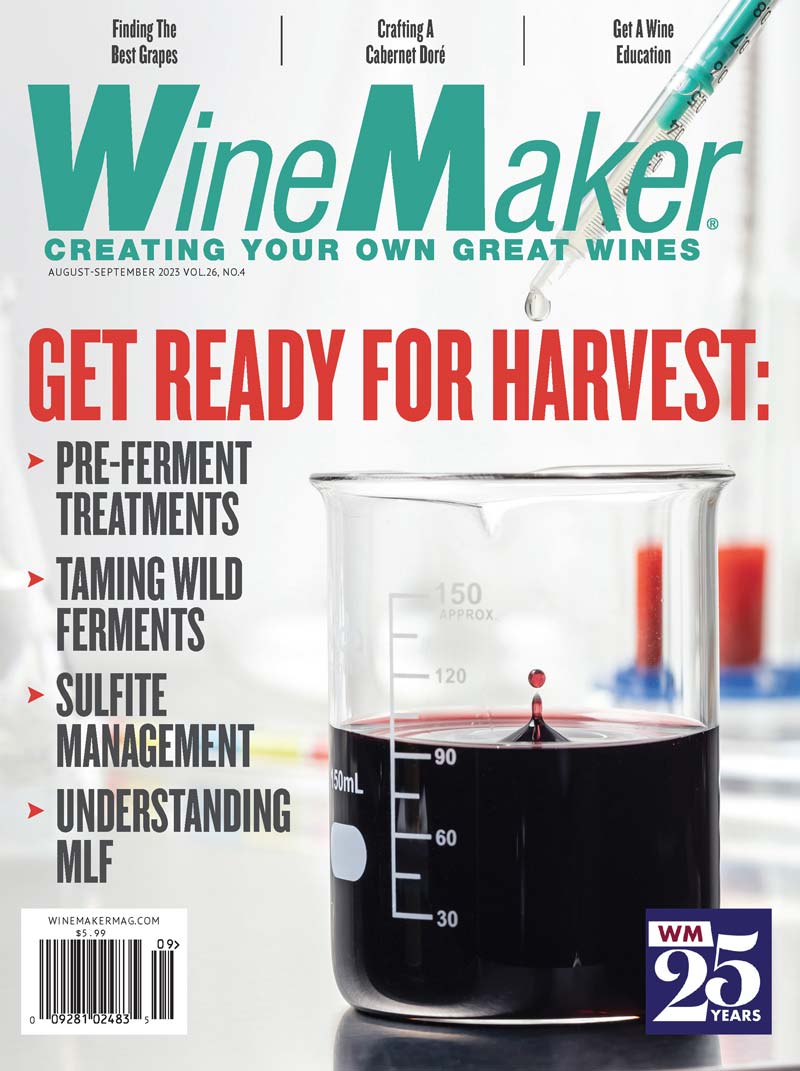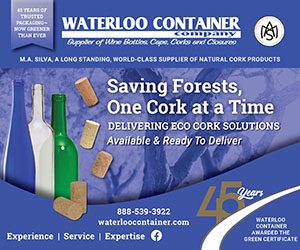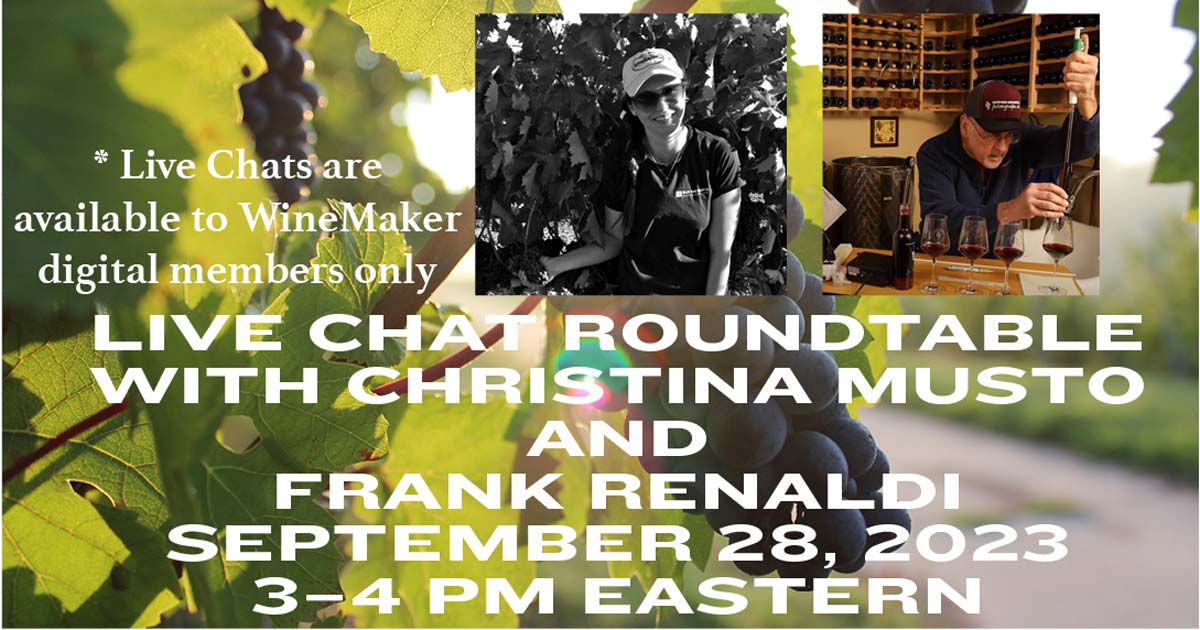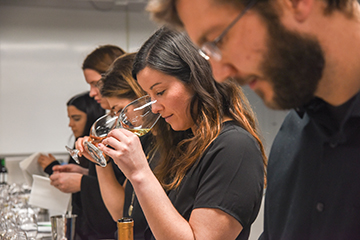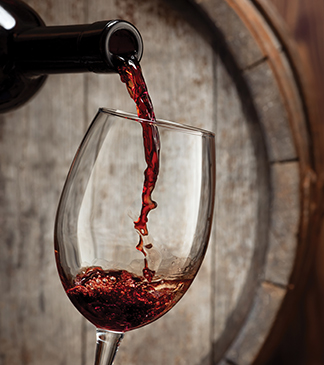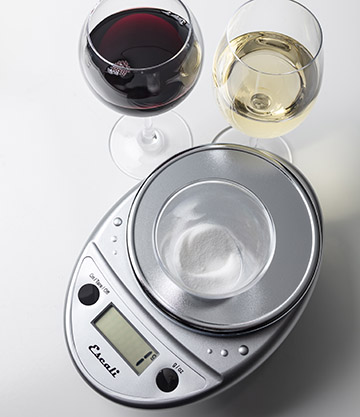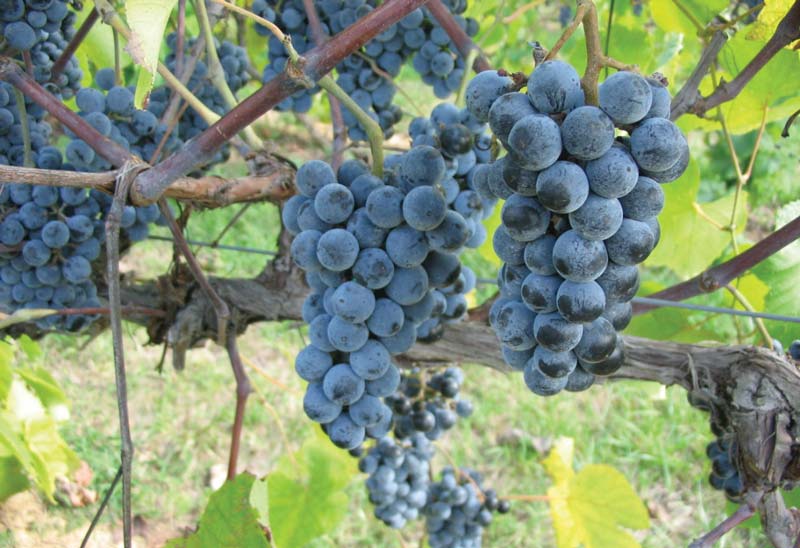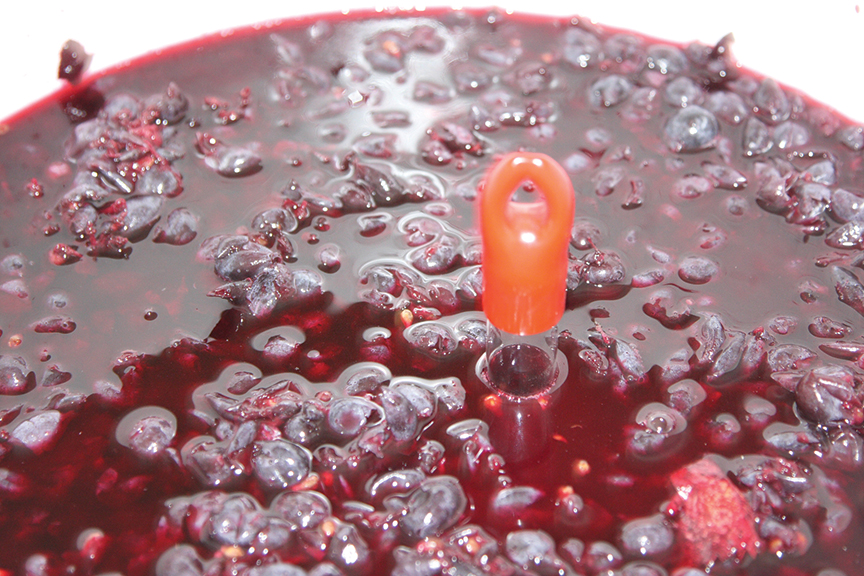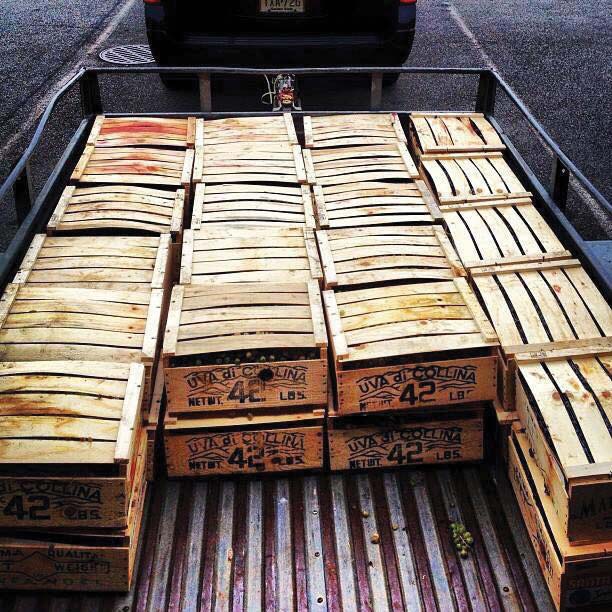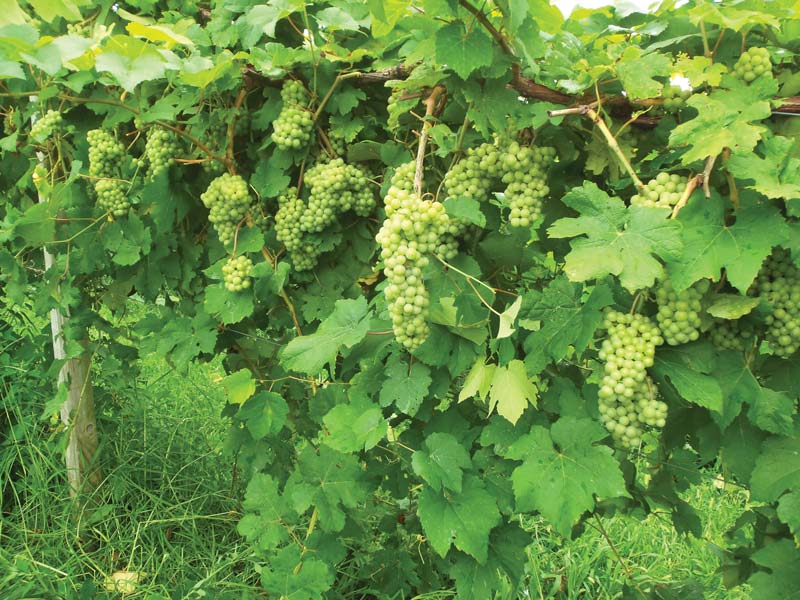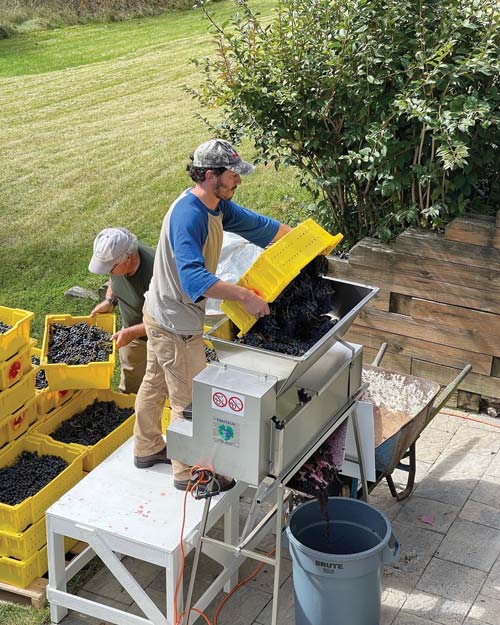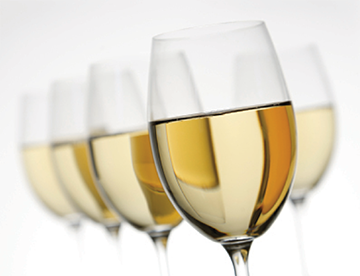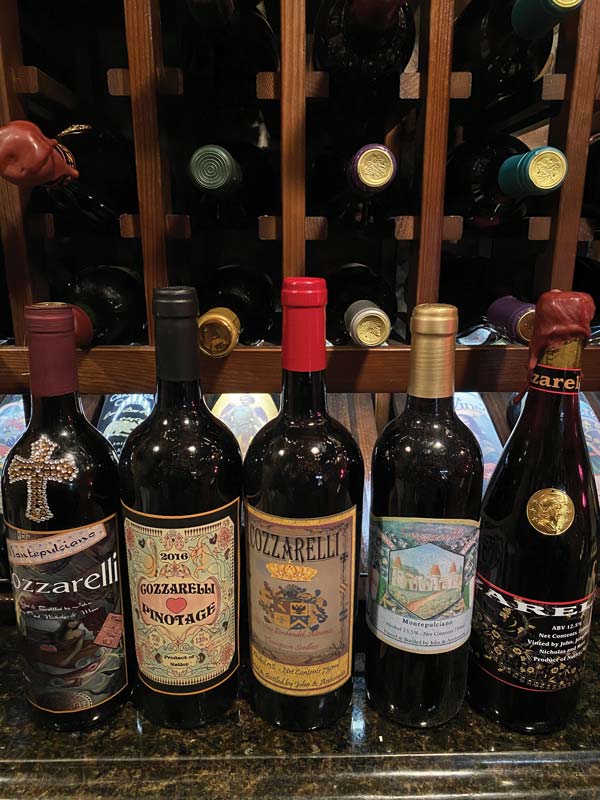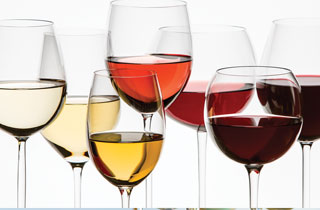Aug-Sep 2023
Live Chat with Frank Renaldi
Live Chat with Frank Renaldi that took place on September 28, 2023.
Time for Class
Whether you are considering a career in winemaking or just want to further your knowledge, a formal education in enology and viticulture has its benefits. Here is what you should know before you enroll.
Finishing Wines With a Secondary Fermentation
Most red and some white wines are put through a secondary malolactic fermentation (MLF). The process converts malic acid to lactic acid, which smooths out harsh flavors while adding a richness on the palate, as well as contributing to the stability and aging potential of the wine. Learn when a wine should go through MLF, how to do it, and ways to test for it.
Practical Sulfite Management
The use of sulfites in wine — how much, or even if used at all — remains a contentious subject. WineMaker’s Technical Editor shares his own simple yet practical approach to sulfite management that works every time.
Call of the Wild
Wild fermentations can often bring a level of complexity to a wine not always found using commercial Saccharomyces strains. But the tradeoff for that complexity is higher risk. What if you could introduce the good microbes of a wild fermentation to your wine without the risk? There are techniques, along with new isolated non-Saccharomyces yeasts, that can do just that.
Bringing Out the Fruit
Most red winemakers will begin alcoholic fermentation shortly after the grape clusters are pressed. But there are some alternative techniques that can be utilized pre-fermentation to try to bring distinctive character to the wines they produce.
Pick of the Litter
Finding high-quality grapes, even in wine country, can be a challenge for new winemakers. Get some advice for sourcing fresh grapes, no matter where you live, as well as how to handle the grapes to get them home safely.
Cabernet Doré
A new flock of hybrid grape varieties in the market is turning heads, not only for their disease and cold tolerance in the vineyard, but also in the winery for the qualities that they can carry to the bottle. Meet Cabernet Doré.
Crushing It
Learn about several grape crushing options, the equipment that can be used, and the processes available to fresh grape winemakers.
Reducing Water Consumption in Your Winery
It generally takes about 6 gal. (23 L) of water to make one gallon (3.8 L) of wine though estimates vary from as little as 2 gallons (7.6 L) all the way
Producing Balanced, Low-Alcohol Wines
Funny you mention this topic because I’m currently working on a lower-alcohol project at work (at Plata Wine Partners, I often develop custom projects for clients, and this is one). The brief
Balanced, Low-Alcohol Wines and Reducing Water Consumption
There has been growing interest in reduced alcohol wines in recent years as the health benefits and caloric reduction is lauded by the medical world. The Wine Wizard offers tips to a home winemaker looking to produce their own lower-alcohol wine. Another winemaker is trying to find ways to reduce their water usage in the winery.
Bottle Capsules
Wine bottle capsules can take many forms. Reader Nicholas Cozzarelli takes us on a tour of the various kinds and how they are applied.
WineMaker News Page
Get the latest winemaking news, products, and events happening in the hobby (& professional) world.
